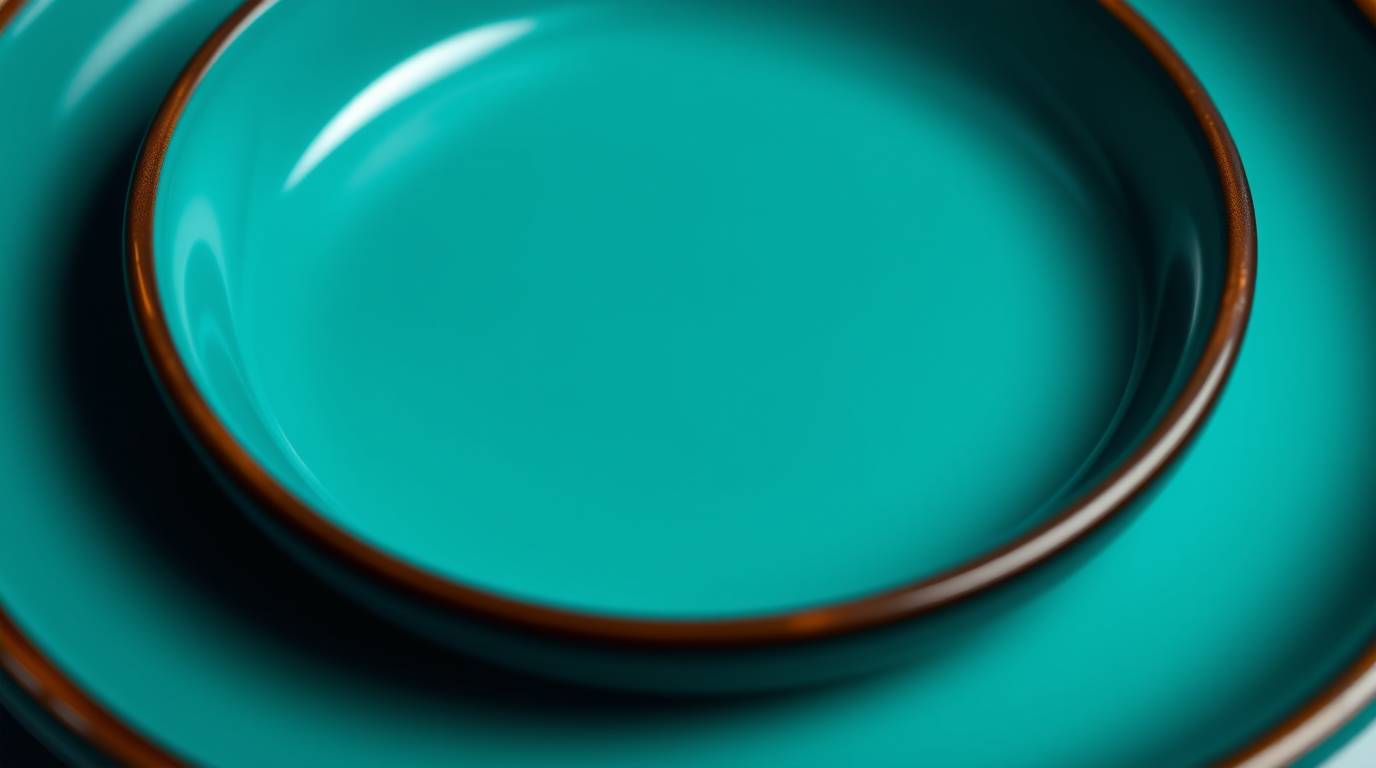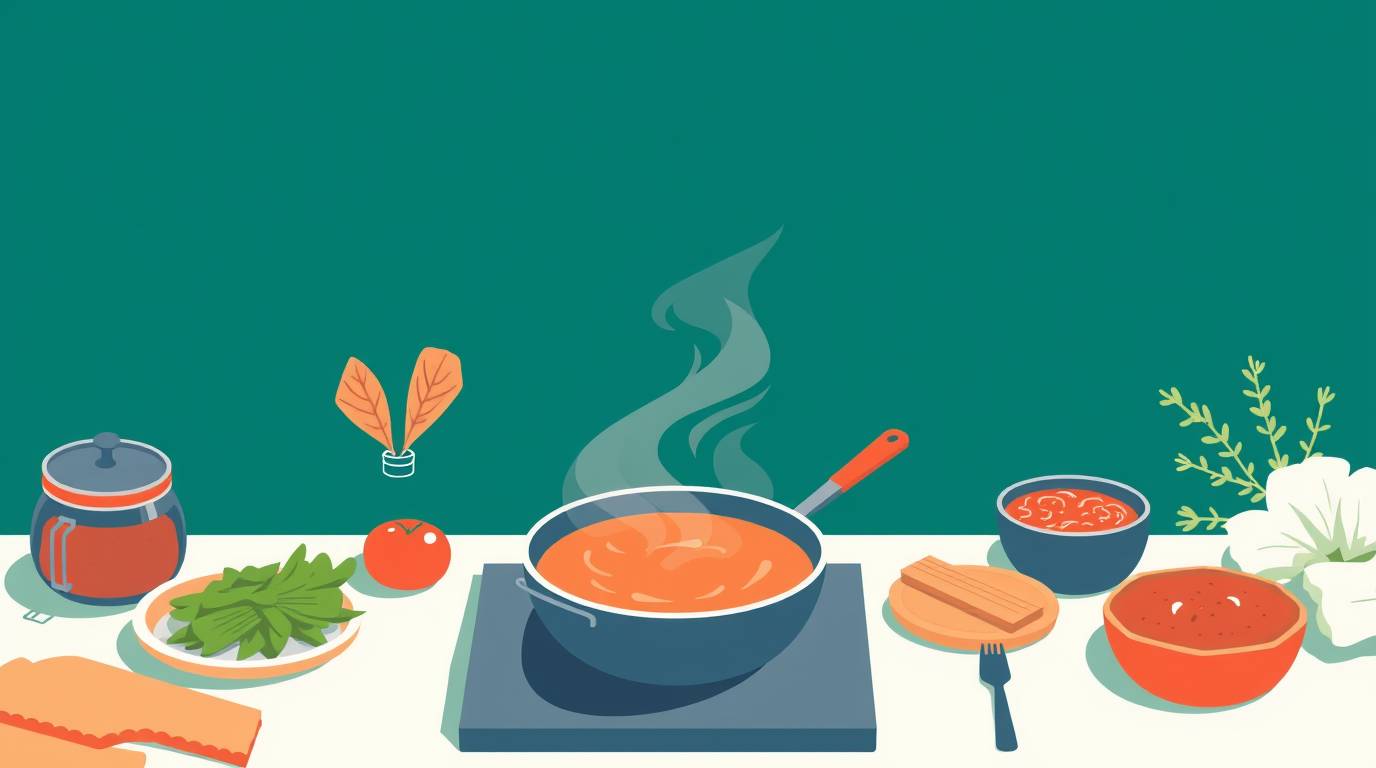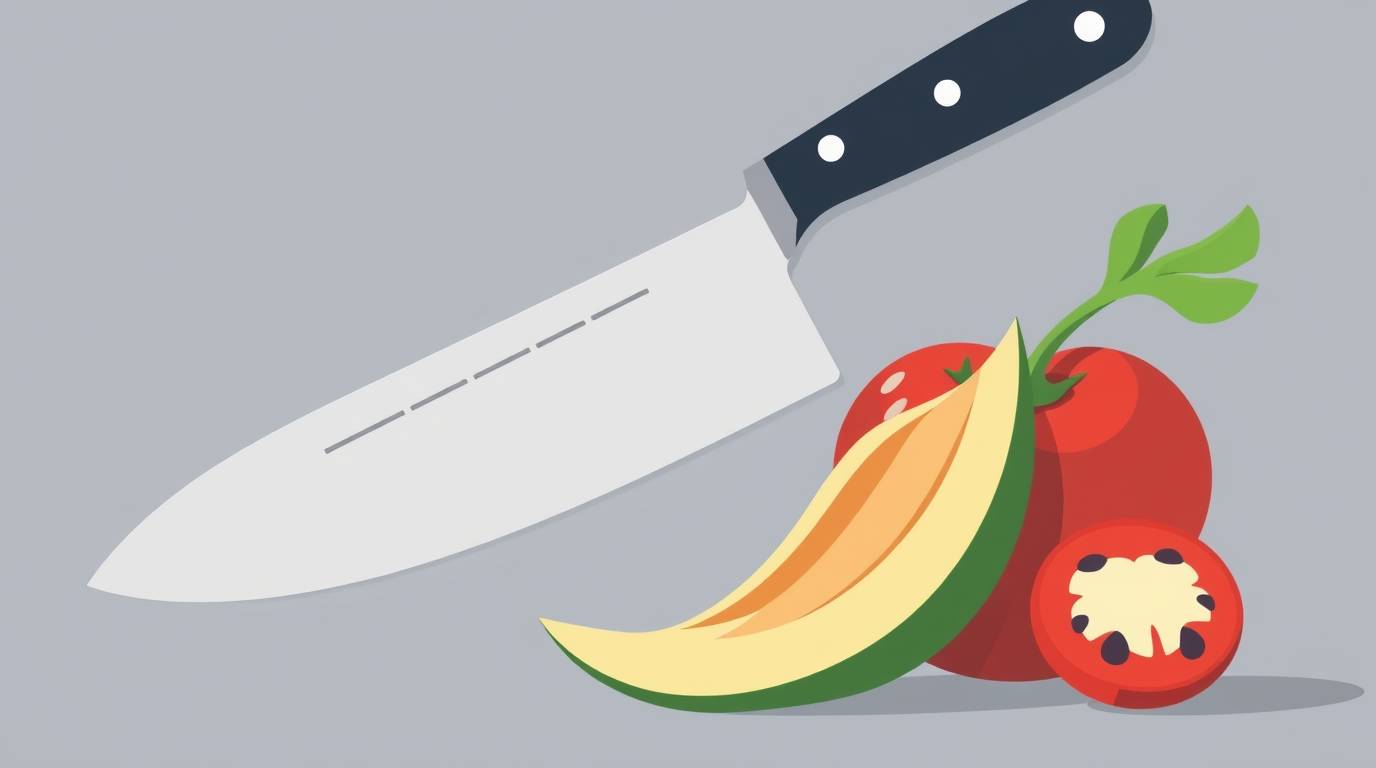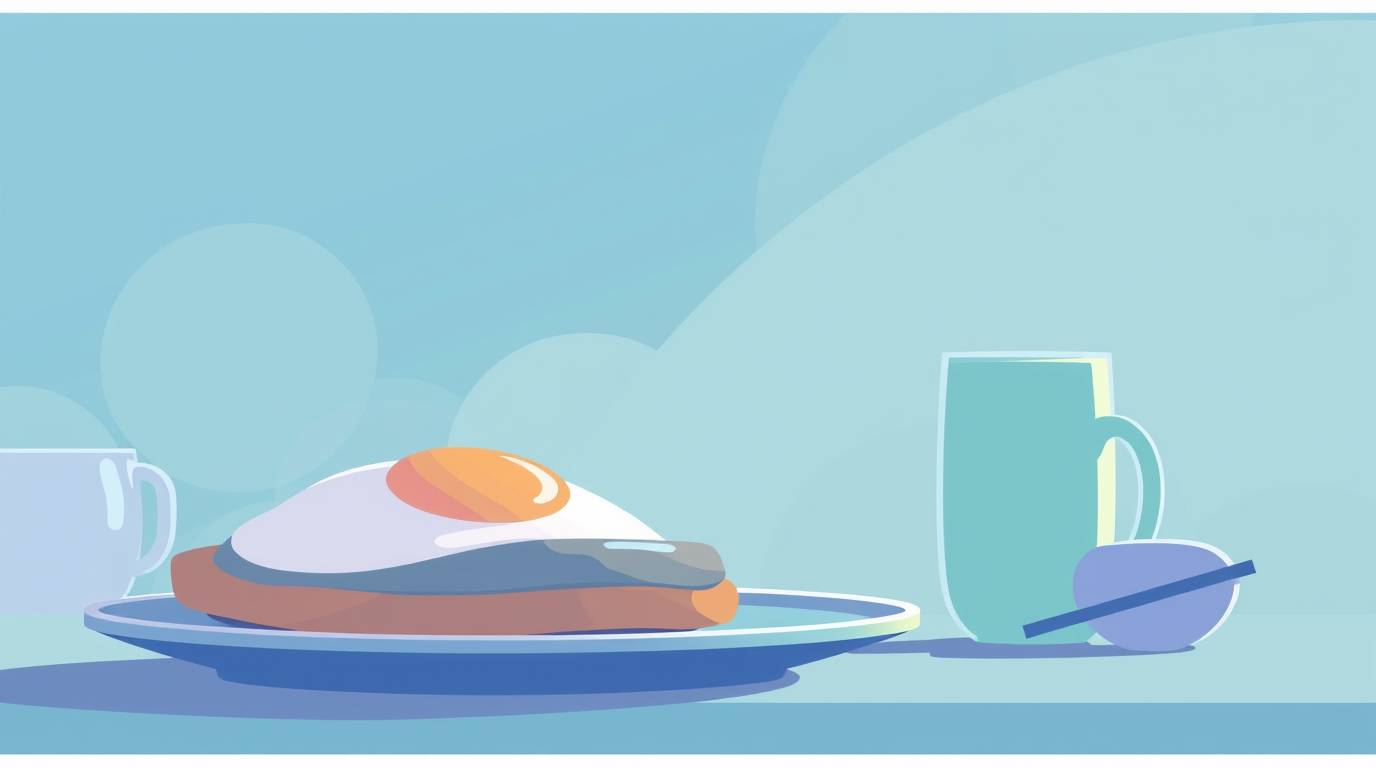Table of Contents
Introduction: The Kitchen Equipment Dilemma
So you're standing in front of that enticing display of kitchen gadgets. The avocado slicer looks pretty cool. That pasta machine would definitely inspire you to make homemade ravioli every weekend. And surely, a strawberry huller would change your life... right?
We've all been there, falling for the siren call of specialized kitchen tools that promise to revolutionize our cooking experience. The result? Cluttered drawers, cabinets overflowing with barely-used gadgets, and the nagging feeling that we've wasted both money and kitchen space.
The kitchen equipment industry is worth billions of dollars, and they're counting on your belief that each new tool will somehow transform you into a better cook. But here's the truth: most professional chefs rely on a surprisingly small set of versatile tools.
In this guide, we'll cut through the marketing hype and give you the honest truth about what kitchen equipment you actually need, what's nice to have if you have the space and budget, and what you can absolutely skip. Whether you're setting up your first kitchen or decluttering an overcrowded one, this practical guide will help you make smart choices about where to invest your money.
Ready to discover what really deserves a place in your kitchen? Let's dive in!
The True Kitchen Essentials: Your Must-Have List
Let's start with the absolute essentials – the tools that form the backbone of a functional kitchen. If you have these items, you can cook 90% of recipes without any issues.
1. Quality Chef's Knife
Why it's essential: A good chef's knife can handle almost any cutting task, from slicing vegetables to breaking down a chicken. It's truly the most important tool in your kitchen.
What to look for:
- 8-inch blade (versatile size for most people)
- Comfortable grip
- Made from high-carbon stainless steel
- Full tang construction (the metal extends through the handle)
Expected lifespan: 10+ years with proper care
Recommended budget range: $40-150
A chef's knife is one place where investing a bit more can make a huge difference in your cooking experience. You don't need to spend hundreds, but the ultra-cheap options ($15 or less) typically won't hold an edge and will make cooking frustrating.
2. Cutting Board
Why it's essential: Protects your countertops and knives.
What to look for:
- At least one large board (12×18 inches minimum)
- Wood or plastic (wood is gentler on knives but requires more care)
- Avoid glass or marble cutting boards as they damage knife edges
Expected lifespan: 3-5 years for plastic, 5-10+ years for well-maintained wood
Recommended budget range: $15-50
Pro tip: Consider having separate boards for raw meat and produce to prevent cross-contamination.
3. Stainless Steel Skillet (10-12 inch)
Why it's essential: Versatile for everything from searing meats to making sauces.
What to look for:
- Fully clad or a thick bottom for even heating
- Oven-safe handle
- Good weight (not too heavy, not too light)
Expected lifespan: 10+ years
Recommended budget range: $40-100
This is the pan you'll likely use every day, so choosing a good one is worth it.
4. Large Pot (8-quart)
Why it's essential: For pasta, stocks, soups, and batch cooking.
What to look for:
- Heavy bottom to prevent scorching
- Comfortable handles
- Tight-fitting lid
Expected lifespan: 10+ years
Recommended budget range: $30-80
5. Medium Saucepan (3-quart)
Why it's essential: For sauces, smaller batches of grains, and heating liquids.
What to look for: Similar features to the large pot but in a smaller size.
Expected lifespan: 10+ years
Recommended budget range: $25-70
6. Baking Sheet (Half-Sheet Pan)
Why it's essential: Not just for cookies – use it for roasting vegetables, sheet pan dinners, and more.
What to look for:
- Aluminum or aluminized steel
- Rimmed edges
- Commercial grade (typically thicker)
Expected lifespan: 5+ years
Recommended budget range: $15-30
7. Measuring Cups and Spoons
Why it's essential: Accuracy matters in cooking, especially baking.
What to look for:
- Durable stainless steel or sturdy plastic
- Clear markings that won't wear off
- Standard sizes (1 cup, 1/2 cup, 1/3 cup, 1/4 cup, etc.)
Expected lifespan: 5+ years
Recommended budget range: $10-25
8. Heat-Resistant Silicone Spatula
Why it's essential: Versatile for mixing, scraping bowls, folding batters, and cooking.
What to look for:
- One-piece construction (no seams where food can get trapped)
- Heat-resistant to at least 450°F
- Comfortable handle
Expected lifespan: 3-5 years
Recommended budget range: $10-15
9. Tongs
Why it's essential: The extension of your hand in the kitchen – for flipping, turning, and serving.
What to look for:
- Locking mechanism for storage
- Comfortable grip
- Scalloped edges for better gripping
Expected lifespan: 5+ years
Recommended budget range: $10-20
10. Box Grater
Why it's essential: More versatile than you might think – grating cheese, vegetables, citrus zest, and more.
What to look for:
- Sharp edges
- Comfortable handle
- Stable base
Expected lifespan: 3-5 years
Recommended budget range: $10-25
The "Nice to Have" Middle Ground
After covering the absolute essentials, let's talk about the "nice to have" items that, while not strictly necessary, can make your cooking life easier or allow you to explore specific types of cooking.
1. Cast Iron Skillet (10-12 inch)
Why it's nice: Unbeatable for searing, can go from stovetop to oven, naturally non-stick when well-seasoned.
Best for: Searing meats, cornbread, deep-dish pizza, camping.
Expected lifespan: Lifetime (can be passed down generations)
Recommended budget range: $20-50
2. Non-Stick Skillet (10-inch)
Why it's nice: Makes cooking eggs and delicate fish much easier.
Best for: Eggs, pancakes, crepes, delicate fish fillets.
Expected lifespan: 2-5 years (the coating eventually wears out)
Recommended budget range: $30-60
Note: Even expensive non-stick pans have a limited lifespan, so don't overspend here.
3. Food Processor
Why it's nice: Speeds up chopping, slicing, and making doughs.
Best for: Pie crusts, hummus, pesto, homemade breadcrumbs.
Expected lifespan: 5-10 years
Recommended budget range: $50-200
4. Stand Mixer
Why it's nice: Hands-free mixing makes baking easier, especially in larger quantities.
Best for: Bread dough, cookie dough, cake batters.
Expected lifespan: 10-20+ years
Recommended budget range: $200-350
Note: This is a splurge item that's worth it only if you bake regularly.
5. Dutch Oven (5-7 quart)
Why it's nice: Excellent heat retention makes it perfect for slow-cooking and braising.
Best for: Stews, braised meats, no-knead bread, deep frying.
Expected lifespan: Lifetime with proper care
Recommended budget range: $60-350
Note: Budget options from Lodge work almost as well as the premium brands for a fraction of the price.
6. Instant-Read Thermometer
Why it's nice: Takes the guesswork out of cooking meats and candy-making.
Best for: Ensuring proper doneness of meats, candy-making, deep frying.
Expected lifespan: 3-5 years
Recommended budget range: $15-100
7. Immersion Blender
Why it's nice: Blend soups right in the pot without transferring hot liquids.
Best for: Pureed soups, sauces, smoothies, whipped cream.
Expected lifespan: 3-7 years
Recommended budget range: $30-80
8. Kitchen Scale
Why it's nice: Gives more accurate measurements than volume (especially important for baking).
Best for: Bread baking, precise cooking, portion control.
Expected lifespan: 5-10 years
Recommended budget range: $15-50
The "Skip It" List: Kitchen Equipment You Don't Need
Now for the fun part – kitchen tools that take up space but rarely earn their keep. If you already own these and use them regularly, great! But if you're considering buying them, you might want to think twice.
1. Avocado Slicer/Pitter
Why you can skip it: A knife and spoon work just as well.
Use instead: Your chef's knife to cut, a spoon to scoop.
Annual space-to-use ratio: High space cost, minimal time savings.
2. Garlic Press
Why you can skip it: Cleaning them is more work than just mincing garlic with a knife.
Use instead: Crush with the flat of your knife, then mince.
Annual space-to-use ratio: Medium space cost, negligible time savings.
3. Electric Can Opener
Why you can skip it: Manual ones work fine and take up less space.
Use instead: Basic manual can opener.
Annual space-to-use ratio: High space cost, minimal convenience benefit.
4. Egg Slicer
Why you can skip it: Single-purpose tool that's rarely used.
Use instead: A sharp knife makes quick work of egg slicing.
Annual space-to-use ratio: Medium space cost, used perhaps 2-3 times annually in most kitchens.
5. Pasta Machine (Unless You Make Pasta Weekly)
Why you can skip it: Large, expensive, and rarely used by most home cooks.
Use instead: Store-bought pasta, or for occasional homemade pasta, you can roll and cut by hand.
Annual space-to-use ratio: Very high space cost, typically used less than 5 times per year in most homes.
6. Ice Cream Maker
Why you can skip it: Bulky, used infrequently, and good ice cream is readily available.
Use instead: No-churn ice cream recipes or store-bought.
Annual space-to-use ratio: Extremely high space cost for seasonal use.
7. Bread Machine
Why you can skip it: Bulky, and most serious bread bakers prefer traditional methods.
Use instead: Your oven and hands, or a stand mixer for kneading.
Annual space-to-use ratio: Very high space cost, often becomes a dust collector.
8. Specialized Slicers (Strawberry huller, apple corer, etc.)
Why you can skip it: Single-purpose tools that duplicate what a paring knife can do.
Use instead: A simple paring knife.
Annual space-to-use ratio: Medium space cost individually, but they tend to multiply and take over drawers.
9. Electric Kettle (For Americans)
Why you can skip it: If you're in the US with 120V power, they're not much faster than a stovetop kettle.
Use instead: Stovetop kettle or small saucepan.
Annual space-to-use ratio: Medium space cost, minimal time savings in US kitchens.
Note: Electric kettles make more sense in countries with 220-240V power where they're significantly faster.
10. Panini Press
Why you can skip it: A single-purpose tool that takes up significant space.
Use instead: A cast iron skillet with another heavy pot on top works perfectly.
Annual space-to-use ratio: High space cost, typically used less than monthly.
Need help creating delicious recipes without specialized equipment? Our Flavoreer recipe generator can create recipes based on the equipment you actually own.
Comparison Charts: Essential Kitchen Equipment for Every Budget
Chef's Knife Options Across Budgets
| Budget Level | Recommended Brand/Model | Price | Special Features | Expected Longevity |
|---|---|---|---|---|
| Starter | Victorinox Fibrox Pro | $40 | Comfortable handle, good edge retention | 5-7 years |
| Mid-Range | Wüsthof Pro | $70 | Full tang, excellent balance | 10-15 years |
| Premium | Mac Professional | $145 | Exceptional sharpness, perfect weight | 15+ years |
Cookware Sets Across Budgets
| Budget Level | Recommended Brand/Set | Price | What's Included | Expected Longevity |
|---|---|---|---|---|
| Starter | T-fal Initiatives | $80 | 10-piece set with basic pans | 3-5 years |
| Mid-Range | Tramontina Tri-Ply Clad | $200 | 8-piece set, stainless with aluminum core | 10+ years |
| Premium | All-Clad D3 | $600 | 10-piece set, exceptional heat distribution | Lifetime |
Cutting Board Options Across Budgets
| Budget Level | Recommended Type | Price | Pros | Cons |
|---|---|---|---|---|
| Starter | OXO Good Grips Plastic | $15 | Dishwasher safe, durable | Will eventually need replacement |
| Mid-Range | Composite Wood Fiber | $30 | Knife-friendly, durable | Hand wash only |
| Premium | End-Grain Maple | $80+ | Self-healing, beautiful, long-lasting | Requires regular maintenance |
Baking Sheet Options Across Budgets
| Budget Level | Recommended Brand | Price | Special Features | Expected Longevity |
|---|---|---|---|---|
| Starter | Nordic Ware Aluminum | $15 | Commercial grade, warp-resistant | 5+ years |
| Mid-Range | USA Pan Aluminized Steel | $25 | Silicone coating, textured surface | 7-10 years |
| Premium | Williams-Sonoma Goldtouch | $35 | Ceramic-reinforced coating, extra-thick | 10+ years |
Beginner Kitchen Setup: Getting Started from Zero
If you're setting up your first kitchen from scratch (college apartment, first home, etc.), here's a practical shopping list with budget estimates:
The $200 Absolute Minimum Setup
- Chef's knife (Victorinox Fibrox): $40
- Plastic cutting board: $10
- 12-inch stainless skillet: $30
- 3-quart saucepan with lid: $25
- 8-quart stockpot with lid: $35
- Half-sheet baking pan: $15
- Silicone spatula, wooden spoon, tongs set: $20
- Measuring cups and spoons: $15
- Box grater: $10
Total: $200
This bare-bones setup will let you cook almost anything, just with some extra effort and time.
The $500 Comfortable Setup
Everything from the minimum setup, plus:
- 10-inch non-stick skillet: $40
- 10-inch cast iron skillet: $25
- Dutch oven (Lodge): $70
- Immersion blender: $35
- Instant-read thermometer: $20
- Mixing bowls set: $25
- Kitchen scale: $20
- Fine mesh strainers: $15
- Basic spice collection: $50
Total: $500
With this setup, you can comfortably cook most recipes without feeling limited by your equipment.
The $1000 Well-Equipped Setup
Everything from the comfortable setup, plus:
- Food processor: $150
- Quality cookware set upgrade: $200
- End-grain cutting board: $80
- Digital kitchen scale: $50 (upgrade from basic)
- Storage containers set: $40
- Quality knife sharpener: $40
- Additional specialty knife (like a bread knife): $40
- Small appliance of choice (stand mixer, blender, etc.): $200
Total: $1000
This setup will serve even an enthusiastic home cook for years and allows for specialized cooking projects.




